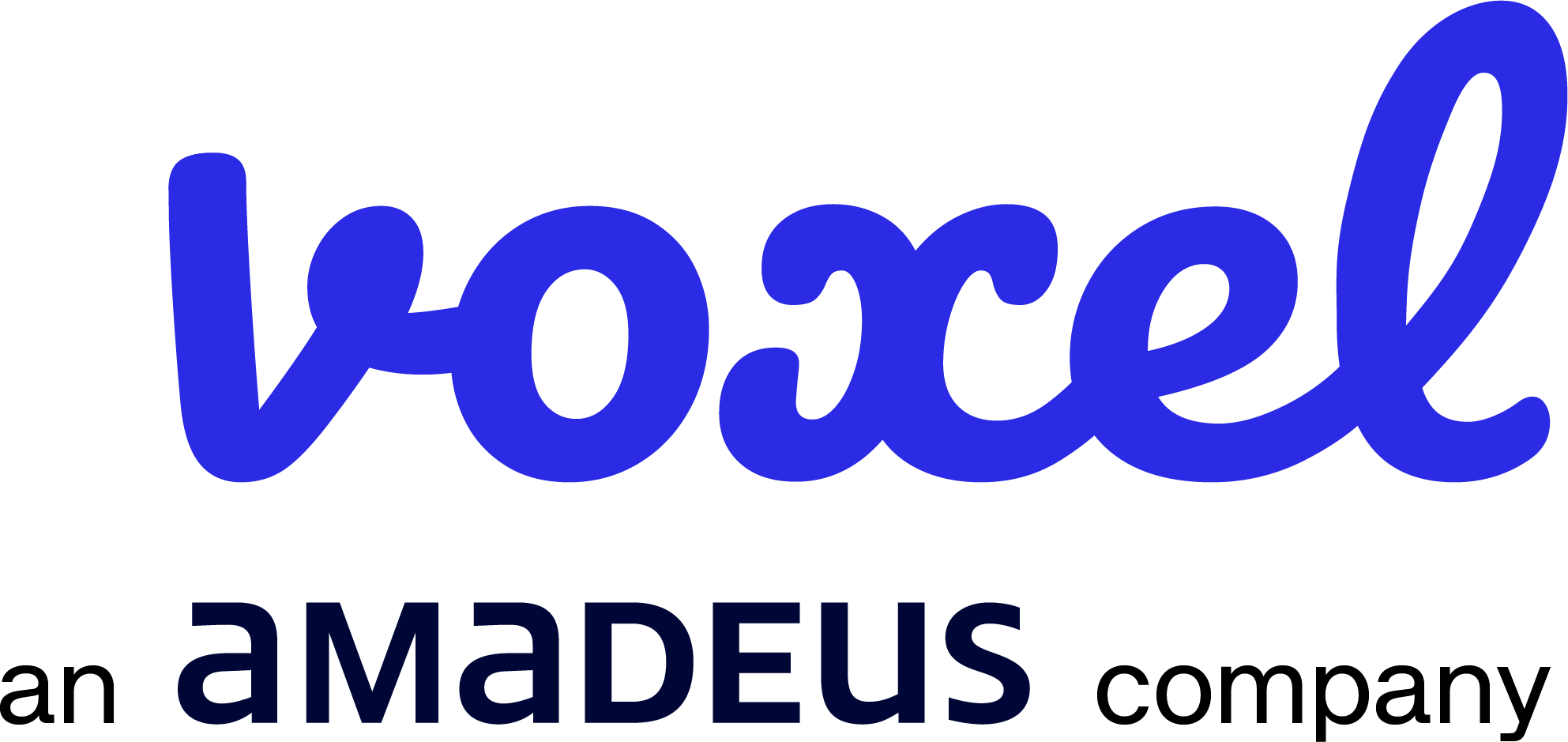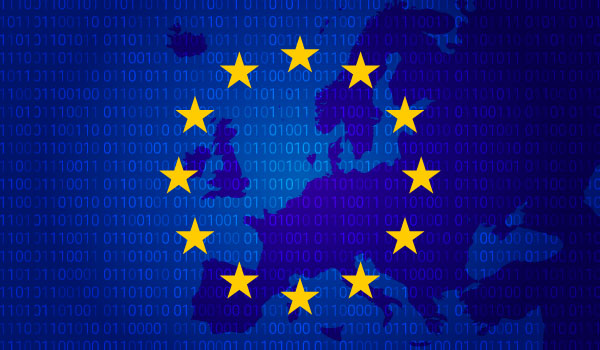More and more European countries decide to implement the use of electronic invoicing in their territories. The transmission of digital B2G data is widespread in the old continent. However, only Italy obliges its businesses to use B2B electronic invoicing. And given its success there, France will be going the same way.
The French Budget Law which establishes the steps to follow in the deployment of the B2B electronic invoice has recently been approved. The plan has a clear objective: to extend the use of e-invoicing between companies from 2023 on. Big business should thus have their systems ready by 2023, although medium and small enterprise will have more time to adapt.
France thus plans to follow the model of the Italian SdI—known as the clearance model—which establishes that businesses are to transmit all their invoices to the administration for approval in real time, and then send the approved document to the client.
France has not yet defined the technical specifications for this plan, nor has it established which platform is to be used. What is clear is that France will need authorization from the European Union to impose the use of electronic invoicing between businesses, as did Italy.
Electronic invoicing in France today
The use of electronic invoicing is not new in France. Complying with European Directive 2014/55/EU, the country’s public administrations receive and process electronic invoices. In addition, since 2014 businesses must be able to report invoices issued and received at the request of the Tax Agency. In this regard, the B2G electronic invoice is already mandatory in France. Since 2017, large, medium and small enterprises supplying the public administration have been adapting their systems to be able to communicate electronically with the tax authorities.
Once the French plan is carried out, there will then be two European countries with real-time control of invoices issued in their territory. The aim of the trend in digital filing is to reduce fraud and fight tax evasion.











